Following an exclusive preview, Port talks to Robert Eggers about his dazzling second film
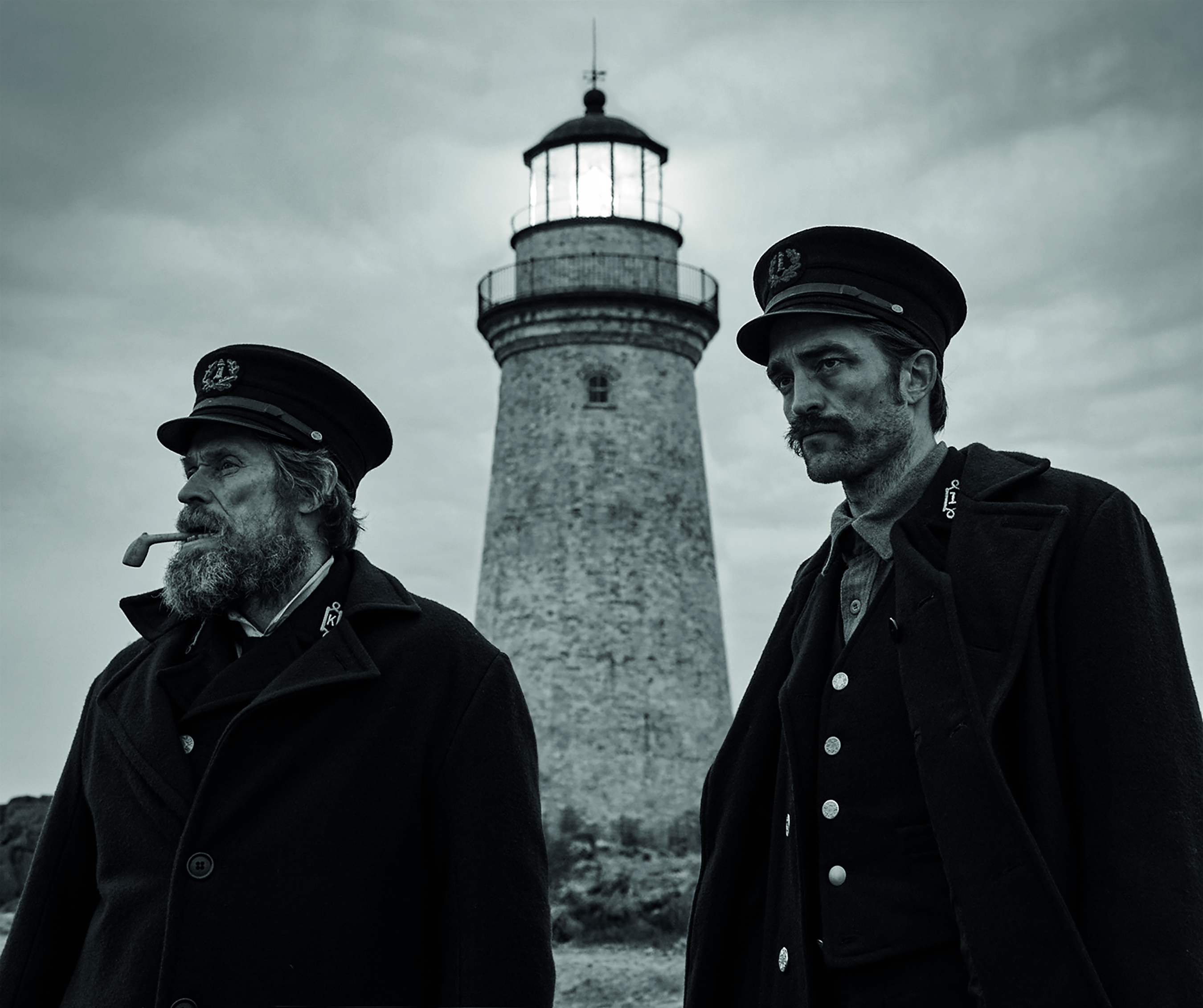
“Boredom makes men to villains”
– Thomas Wake
Robert Eggers’ sinister shanty dances drunk on methylated spirit and marine poetry. Anchored by incredible performances from Willem Dafoe and Robert Pattinson, this two hander keeps you guessing until the final, beguiling frame, which will haunt the viewer long after the credits roll. Simply, it is a story of two men stuck on a rock, enduring one another. However, there is nothing straightforward about how the madness between the two lighthouse keepers unfolds, which is a heady punch of gaslighting and paranoid power-play. Submerged secrets between newcomer Ephraim Winslow (Pattinson) and veteran Thomas Wake (Dafoe) fester in salt, brine, sweat and semen, before being whipped into a crazed crescendo. It is the stuff of myth and nightmares, so utterly different to anything else on our screens at the moment. If I sound breathless, it is because the two characters are so adept at stealing every available gasp to shout, leer and rage through the theatrical and faithful period text. It is blindingly brilliant, hypnotic from the off.
Shot on Cape Forchu in Nova Scotia, a bleak rock beaten by the relentless elements, and filmed in a claustrophobic box ratio within a stern black and white format by long-time collaborator Jarin Blaschke, gaunt faces become grave etchings carved by candlelight. Mark Korven’s musical score soaks these expressionist images with dread, while Damian Volpe’s sound design is an audio assault, blaring fog horns closer to air raid sirens. Much of the film’s team also worked on Eggers’ debut, The Witch, and the same historical attention to detail is clear. While both flirt with the horror genre, to put The Lighthouse solely within the category would be to do it a grave disservice. It is a hallucination that plumbs the murky fathoms of the human body and soul, confirming that Eggers is truly one to watch.
Following a preview screening, we spoke to the filmmaker about Samuel Beckett, the limits of genre and how he built the story with his brother.
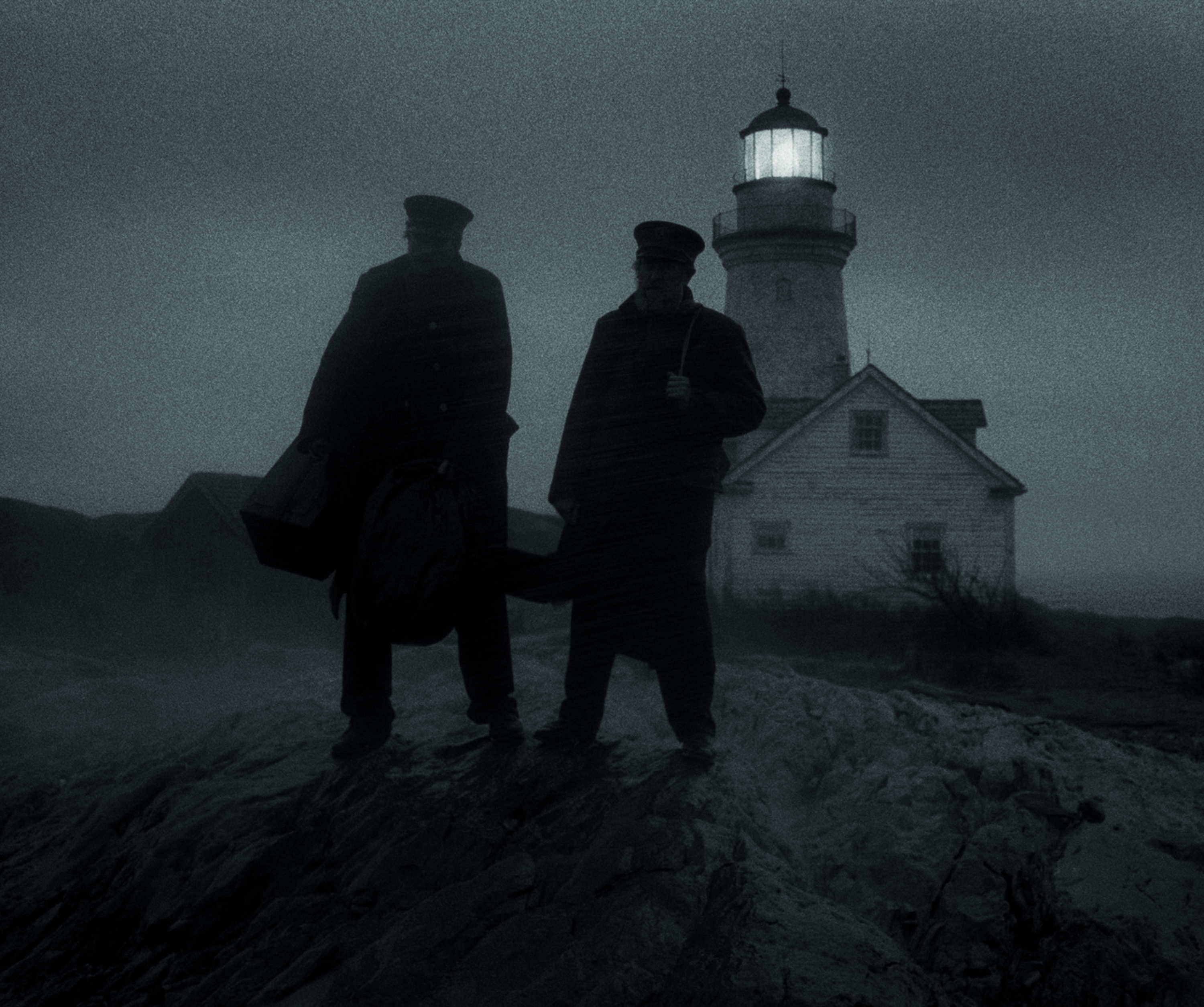
Where did the initial idea for the film come from?
At the time I was trying to get The Witch financed and having zero luck, my brother Max was writing a screenplay that was a ghost story in a lighthouse. I was very jealous that he had this idea and I had not. I asked him if I could take a crack at it, because when he first told me, I pictured this black and white, crusty, dusty, musty, rusty atmosphere, box aspect ratio with weather beaten craggy faces and facial hair and clay pipes and Guernsey jumpers. I wanted to find a story that would match that imagery, so I started researching and writing which had a semblance of these aesthetics, but then The Witch ended up happening. However, I kept thinking about it, I talked a lot about it with Jarin Blaschke, my cinematographer over the years and we would fantasise about this mythical black and white acorn of a movie. Post The Witch, I called up my brother and said ‘let us do The Lighthouse together. It was your idea in the first place. I need something small in my back pocket’. So we did it.
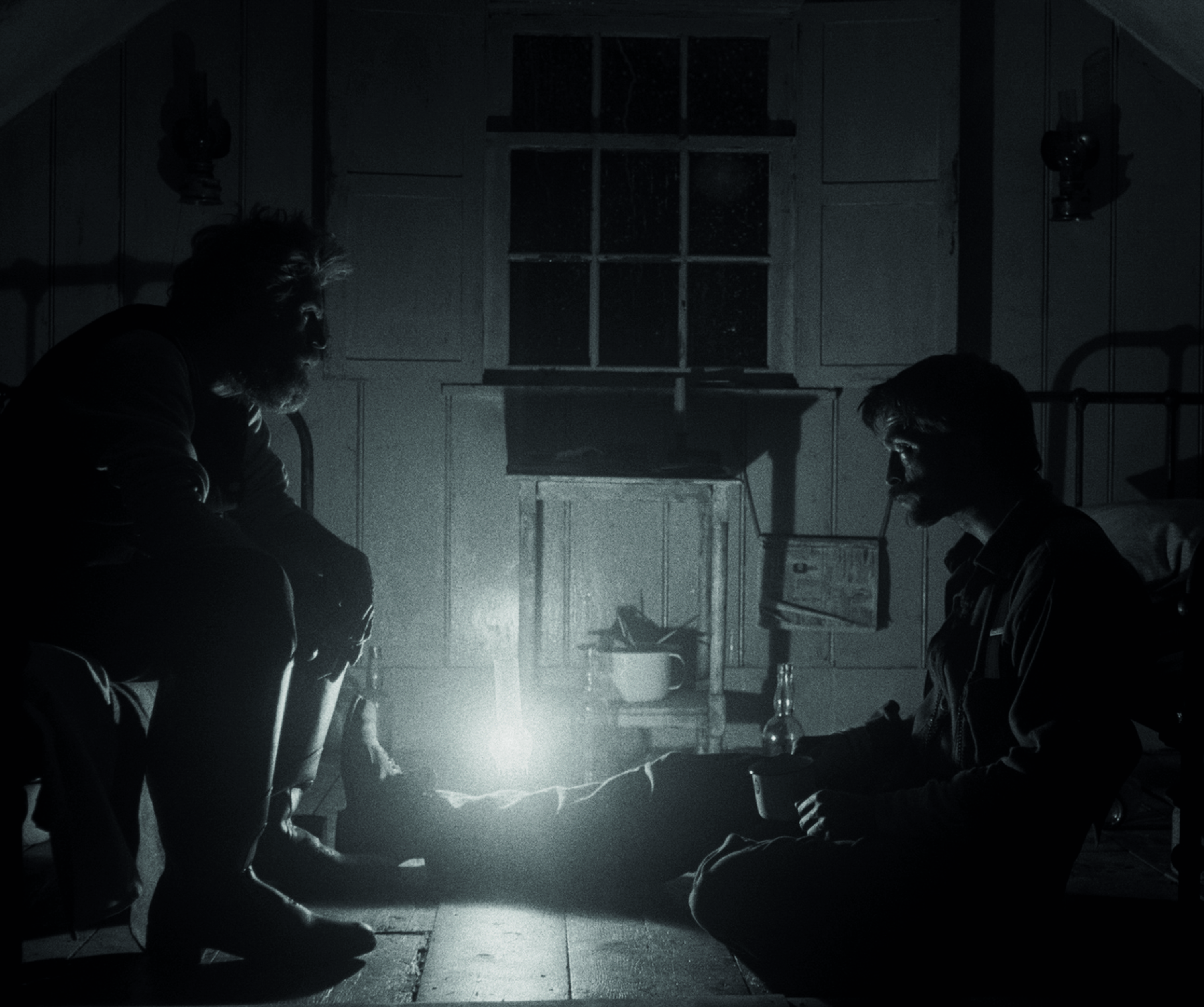
I could feel the spectre of Waiting for Godot throughout, especially in the often comic double act between Willem and Robert, the existential boredom, the power play – was this a reference point, or did any other literary or theatrical forces shape the story and character dynamic?
Yes, it’s an honour for that to be brought up in reference to what I’m doing. Thankfully, very early on, I came across a story about a small lighthouse in Wales. It’s a supposedly true story about two lighthouse keepers, both named Tom, one older, one younger. A storm comes, they get marooned. Old one dies, young one goes crazy. The fact that they were both called Thomas, I thought, okay, it’s going to be a two hander about identity. Therefore, you can’t not think about Beckett and Pinter and Shepard in that context.
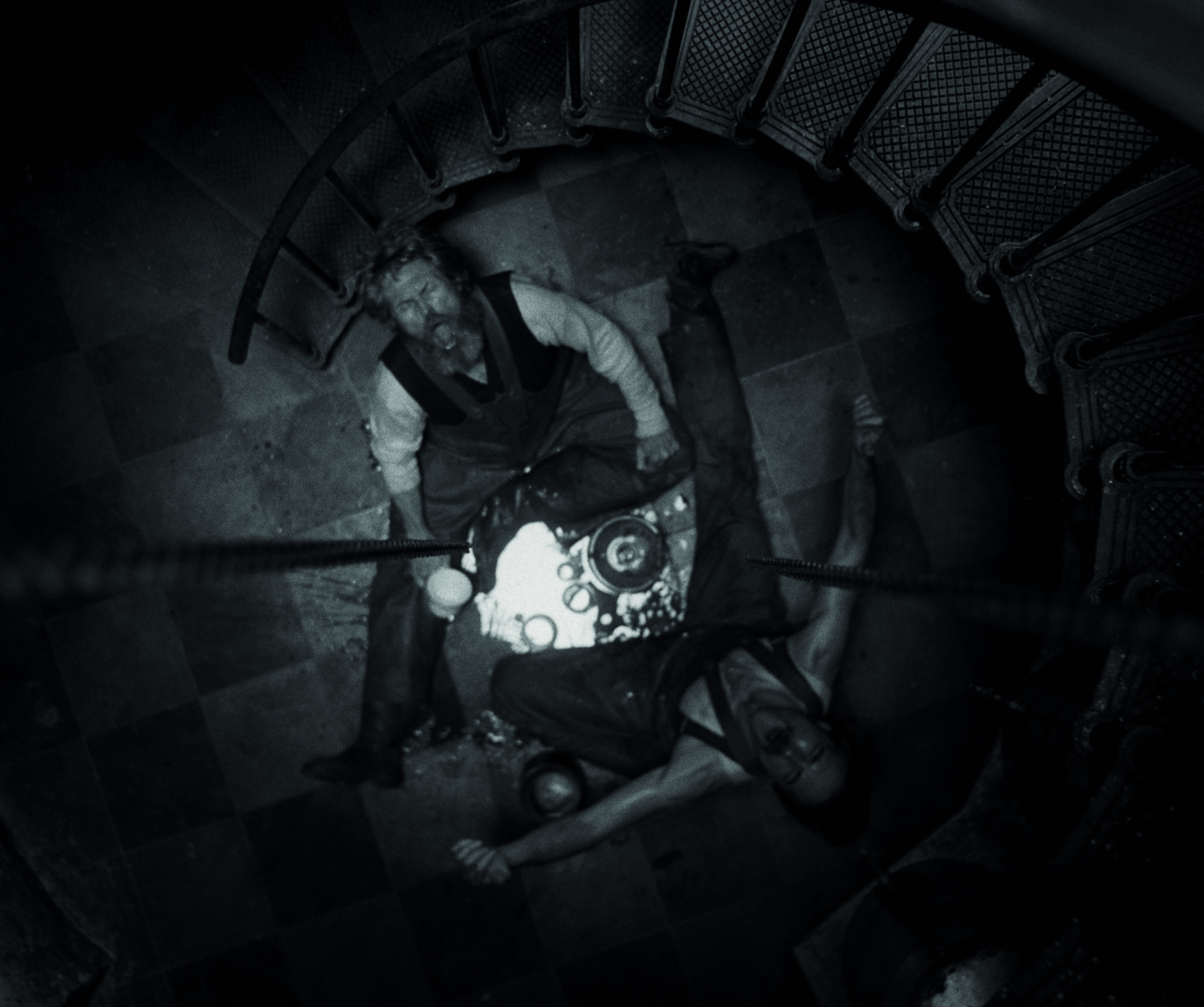
A24 is producing some incredible horror at the moment, and we’ve seen a return to intelligent films within the genre generally, films with something to say like Get Out, Midsommar, why do you enjoy working within or alongside this genre? What does it bring to the stories you’re telling?
Financing. A24 and other studios and distributors will take risks on personal storytelling within the trappings of a genre. So it’s a great way to work and I only have more respect for horror movies now, over the past several years. But I don’t want to just do horror movies. I’m interested in mythology, religion, ghost tales, fairy tales, the occult, the past, the voices of the dead. These things excite me. Oftentimes they can get like lumped into a horror box and that limits them, but there’s other genres that I can play with in those worlds too.
I loved the claustrophobia and intensity that you achieved with shooting in black and white and having such a tight box ratio – were there any other reasons you chose this unusual format for a contemporary film?
We were shooting in 1.19:1, which is like a rarefied early sound aspect ratio. This really helps with the claustrophobia and the framing of vertical objects, like the lighthouse towers. The austerity of black and white is great for the subject matter, but also this format. Using lenses as early as from 1905 immediately brings the audience to the past.
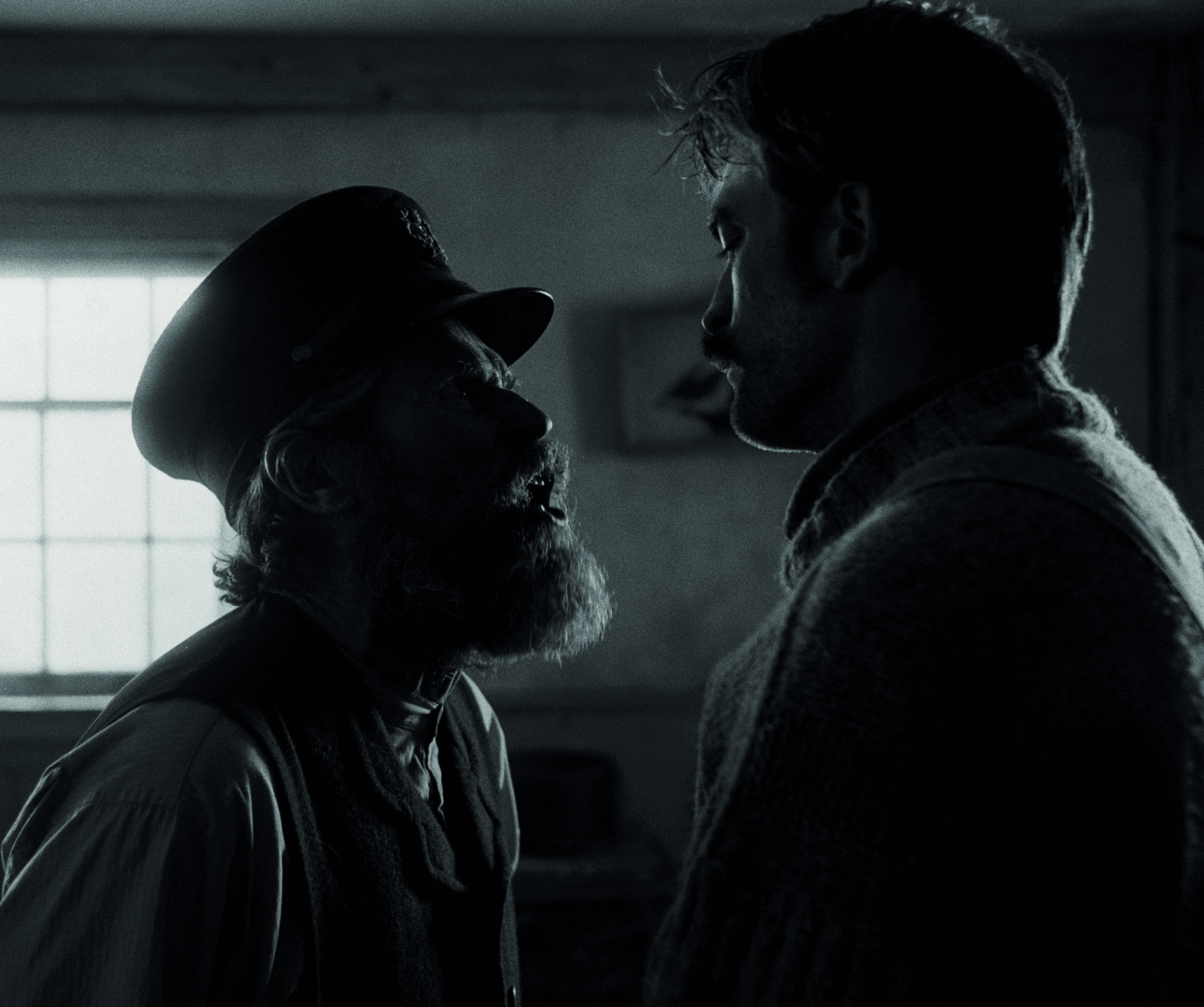
The historical accuracy of the costume and dialogue surely must be the result of dedicated research – what was the process behind building such a rich script?
It was a lot of research. We started in obvious places like Melville, Coleridge and Stevenson, and then as we got deeper, we found more obscure things. Who ended up being the most helpful writer for us? It was Sarah Orne Jewett, who is from the good old state of Maine. She was writing in the period in which our film takes place and she was interviewing sailors, sea captains and farmers, writing dialect phonetically. Thank you Sarah! Even luckier, my wife found in the library someone who done a dissertation on dialects in her work, who had broken it down and showed the rules for different dialects so we could then know how the characters consistently and authentically speak. That was incredibly helpful and informative. In terms of the Oh! faux-Shakespearian rhetoric, because of The Witch and other things that I had written, I can kind of just do that now. It’s an incredibly un-useful skill otherwise! Melville shows us the way – switching from plain to elevated language – Father Mapple and Ahab can go from ‘Argh’ to ‘Woo’, right?
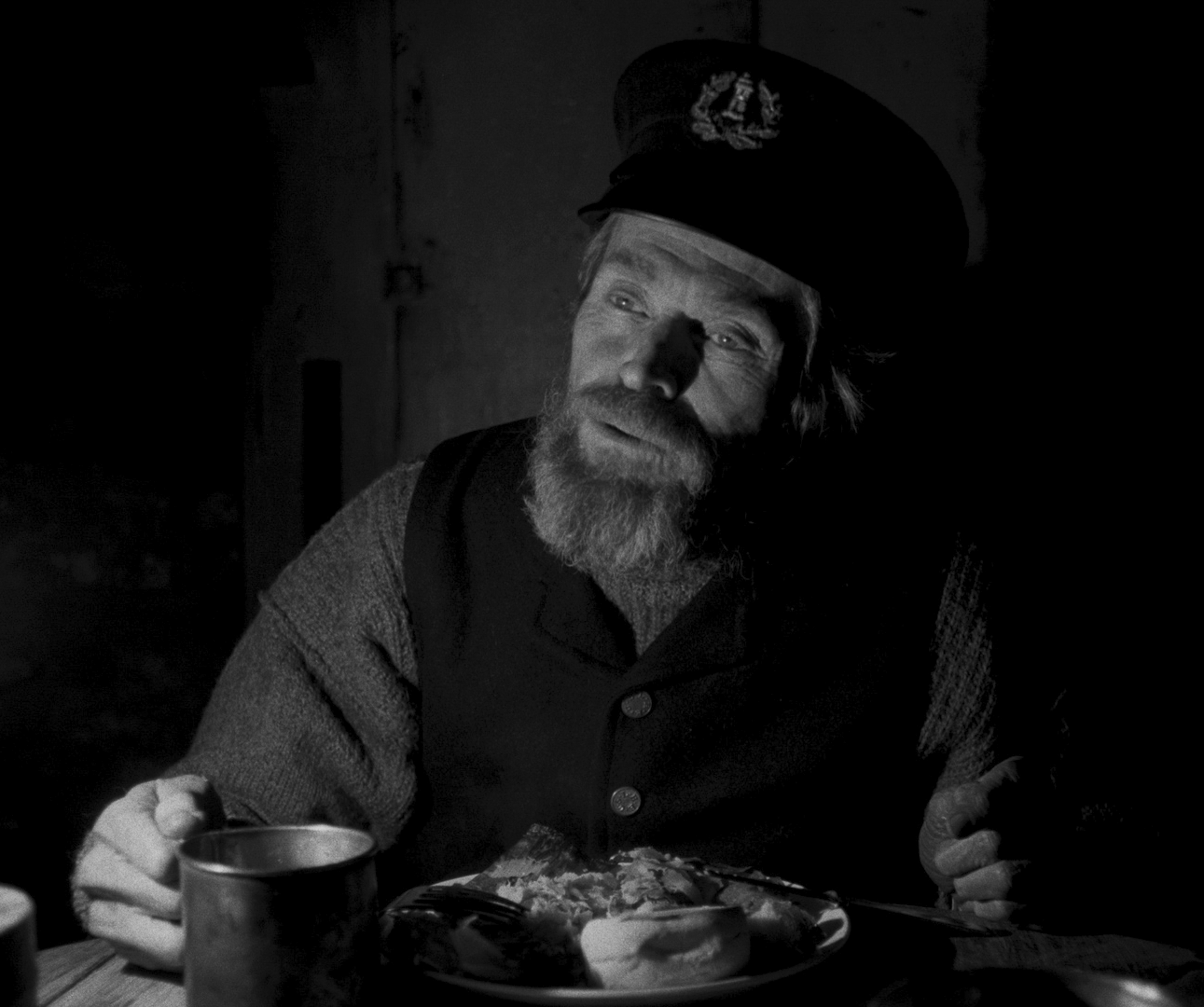
The line between reality and dream seems much more blurred compared to The Witch – which was equally fantastic – why did you create a more ambiguous, experimental, near mythical film this time round?
I was interested in making a movie that provoked questions rather than provided answers. Also because it was black and white and we had a sort of gap of what we could do financially anyway – well, let’s go for it. Max and I had our ideas about what all the rules and meanings are even though we’re trying to disguise our thoughts and create ambiguity. The actors had their own thoughts about things too. When we were talking to Rob about whether he’s going to do it or not, he said, ‘just so you know, I don’t want to make a movie about a magical lighthouse. I want to make a movie about a fucking crazy person’. There wasn’t a lot of times when I had to push him, he was pushing himself. He wanted to help this.
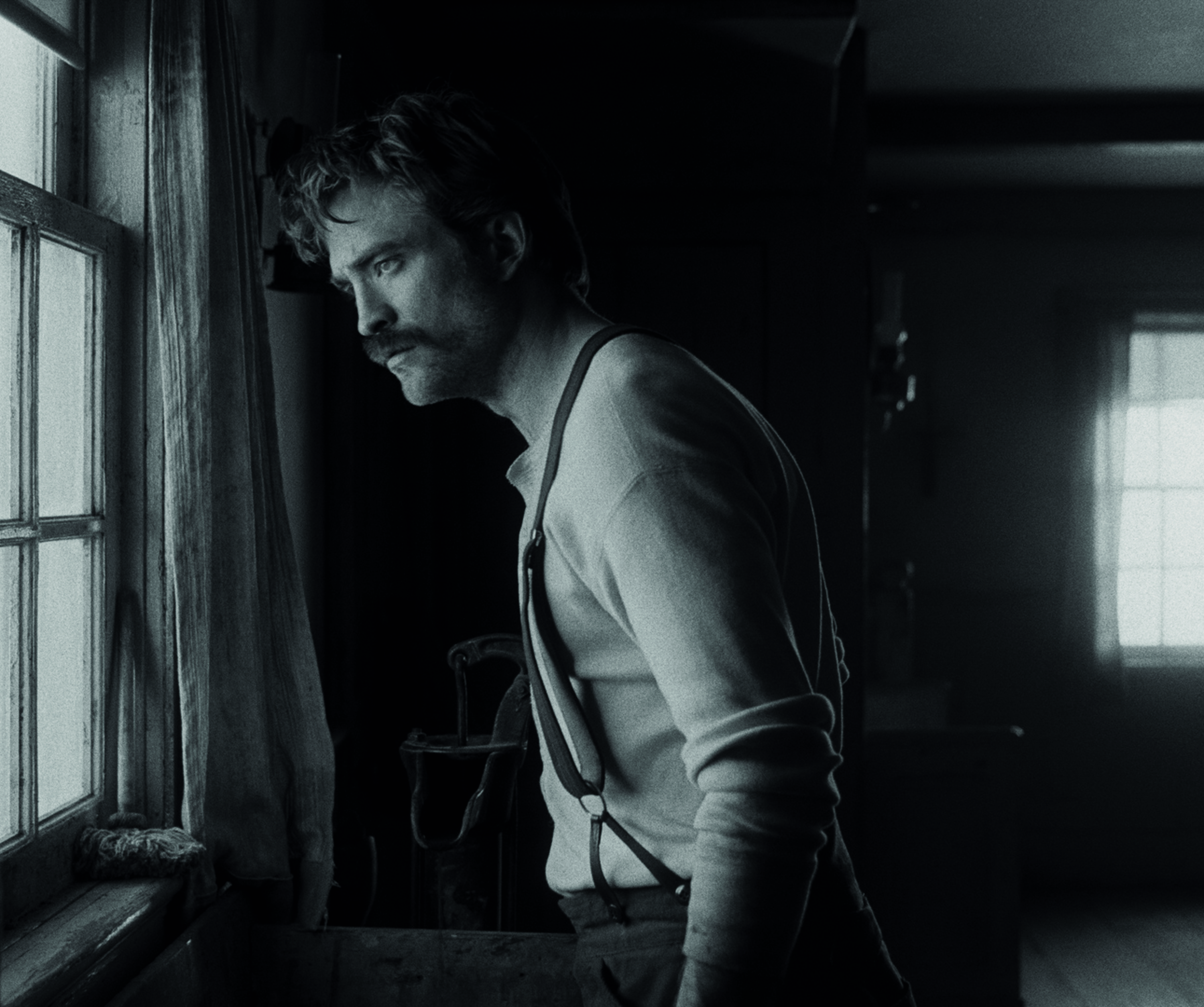
Are there any particular questions that you wanted to leave the audience with at the very end?
Where can I buy the thoroughly relaxing soundtrack? But seriously, I don’t ever make anything with a single preconceived message in mind at the end. I’m hoping that it’s rich and multifaceted. I understand that this isn’t Othello, but that play isn’t just about jealousy or sexuality. It’s not just about hero worship, anxiety or war or race. You can’t boil it down to just one of those things, otherwise you’re missing a good story. The same goes for The Lighthouse. It is many, many things.




